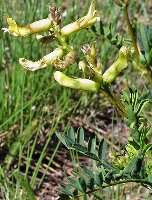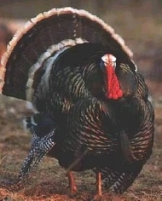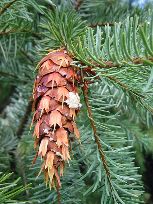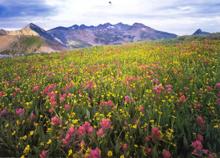The approximately 12,000-acre Lone Mesa State Park fully encompasses the geographical feature of Lone Mesa as well as the headwaters of Plateau Creek. This park truly stands out as a "crown jewel" of natural resource diversity and expanse.
A Rare Plant's Home
 At its south end, the park is dominated by open sagebrush shrubland through which Plateau Creek quietly meanders. Along the creek and atop nearby benches, outcroppings of Mancos shale spring up. These "shale barrens" offer unique habitat for a variety of hearty species, including the extremely rare Colorado native Physaria pulvinata, or "cushion bladderpod.", and the Astragalus bisulcatus, or "fabaceae" (pictured).
At its south end, the park is dominated by open sagebrush shrubland through which Plateau Creek quietly meanders. Along the creek and atop nearby benches, outcroppings of Mancos shale spring up. These "shale barrens" offer unique habitat for a variety of hearty species, including the extremely rare Colorado native Physaria pulvinata, or "cushion bladderpod.", and the Astragalus bisulcatus, or "fabaceae" (pictured).
You can learn more about the wild flowers of Lone Mesa State Park by visiting Al and Betty Schneider's excellent website: Southwest Colorado Wildflowers.
A Creek Runs Through It
The waters of Plateau Creek make a home of the rare Roundtail chub (Gila robusta robusta), Flannelmouth sucker (Catostomus latipinnus), a variety of dace and other suckers, and a few trout. Longtime locals reminisce about the quality of the Plateau Creek trout fishing in the old days.
A Turkey's Roost
 Moving north through the park, the landscape changes from open shrubland and meadow to rolling hillsides of Gambel oak-dominated understory with intermingled ponderosa pine. Ranging in elevation from 7,500-8,500 feet, these low density pine forests host a number of nesting and roosting sites and provide excellent habitat for a number of large and small mammals.
Moving north through the park, the landscape changes from open shrubland and meadow to rolling hillsides of Gambel oak-dominated understory with intermingled ponderosa pine. Ranging in elevation from 7,500-8,500 feet, these low density pine forests host a number of nesting and roosting sites and provide excellent habitat for a number of large and small mammals.
Since 1999, park staff and volunteers have seen an impressive increase in Merriam's turkey (Meleagris gallopavo merriami) numbers in this zone of the park. And it's a rare day you don't see an elk, deer or black bear in these mid-elevations.
Atop The Crown
 Much of the park's glory lies above 8,000 feet as you climb through the canyons leading to the top of Lone Mesa, where you pass aspen trees over 24" in diameter, "yellow bark" ponderosas that are over 400 years old, and the canyon "rim zones" that hold not only the "aspen gold" but also stringers of Douglas fir and pine.
Much of the park's glory lies above 8,000 feet as you climb through the canyons leading to the top of Lone Mesa, where you pass aspen trees over 24" in diameter, "yellow bark" ponderosas that are over 400 years old, and the canyon "rim zones" that hold not only the "aspen gold" but also stringers of Douglas fir and pine.
Although this diverse rim habitat is not thought to be expansive enough to offer Lynx (Lynx canadensis) breeding areas and long-term residence, it does help the park attract the elusive cat for short periods. And, it's not too uncommon to catch a glimpse of a bobcat (Felis rufus) on this climb to the top of the mesa.
360-Degree Splendor
 Once atop the mesa, the views of the LaPlata Mountains, Lone Cone, and the 14,000-foot peaks surrounding Telluride leave you short of breath, even if the climb hasn't. From vantages on the mesa's crest you could spend all day taking in the majesty of the surrounding geology, spying on elk sneaking through the Gambel oak, catching a glimpse of the numerous but elusive coyote, or gazing into the ocean of stars in the light pollution-free expanse above you.
Once atop the mesa, the views of the LaPlata Mountains, Lone Cone, and the 14,000-foot peaks surrounding Telluride leave you short of breath, even if the climb hasn't. From vantages on the mesa's crest you could spend all day taking in the majesty of the surrounding geology, spying on elk sneaking through the Gambel oak, catching a glimpse of the numerous but elusive coyote, or gazing into the ocean of stars in the light pollution-free expanse above you.
With the park currently closed to most public access pending development, a limited number of folks accessing the park under its high quality public hunting program and those involved in a variety of volunteer park stewardship projects are getting a sneak peak at its splendor. Meanwhile, the remainder of us wait in great anticipation of the door opening to this magnificent playground.

